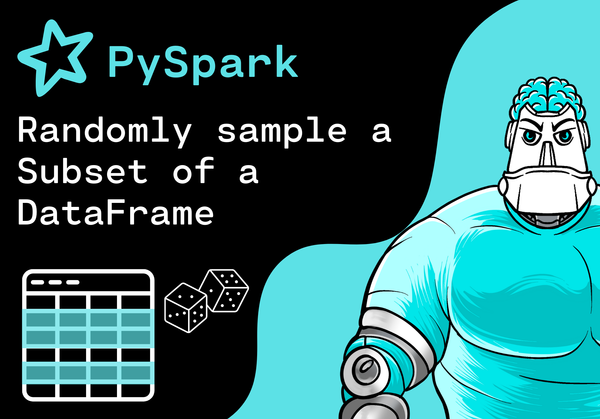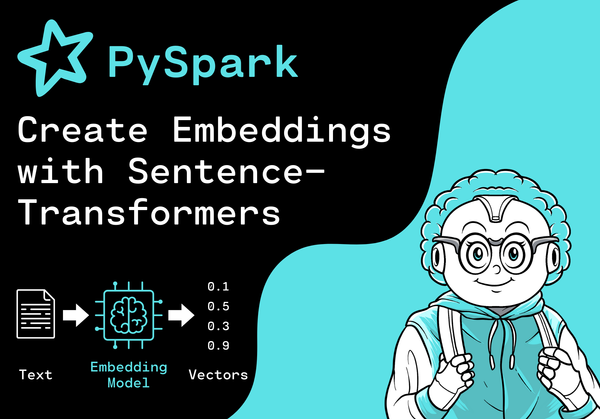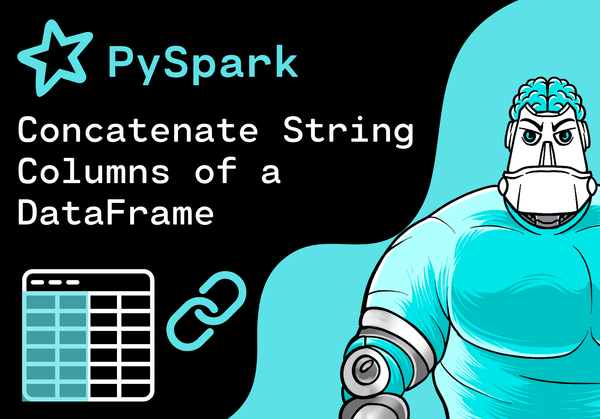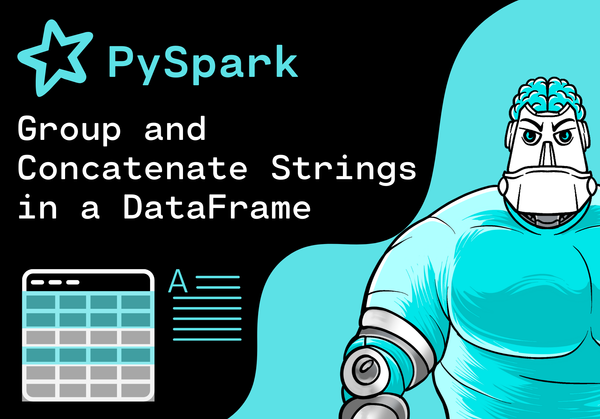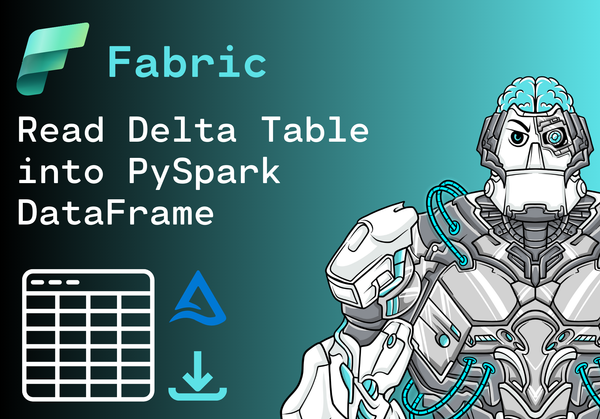
How to read a Delta Table into a PySpark DataFrame in Microsoft Fabric
Introduction In this tutorial, we will explore how to read a Delta table into a PySpark DataFrame. Goal A Delta table stored in a lakehouse should be read into a PySpark DataFrame. Prequestisies ☑️ Notebook created We have already created the notebook "dlnerds_notebook". If you want to know...



